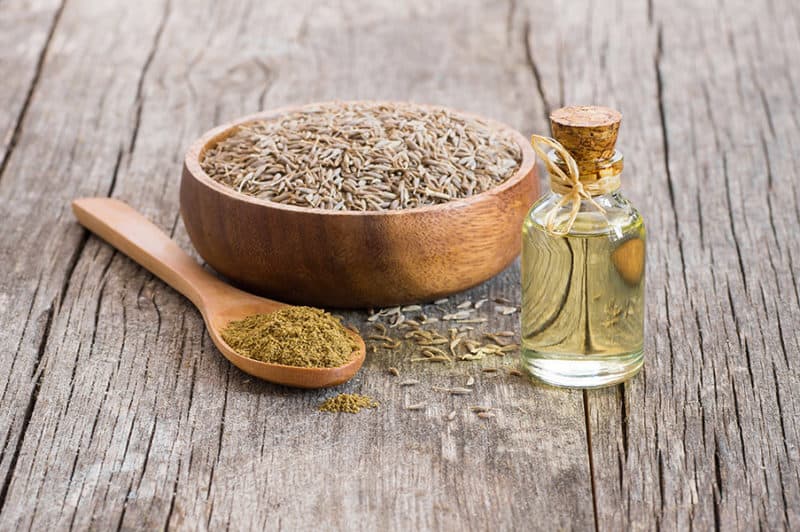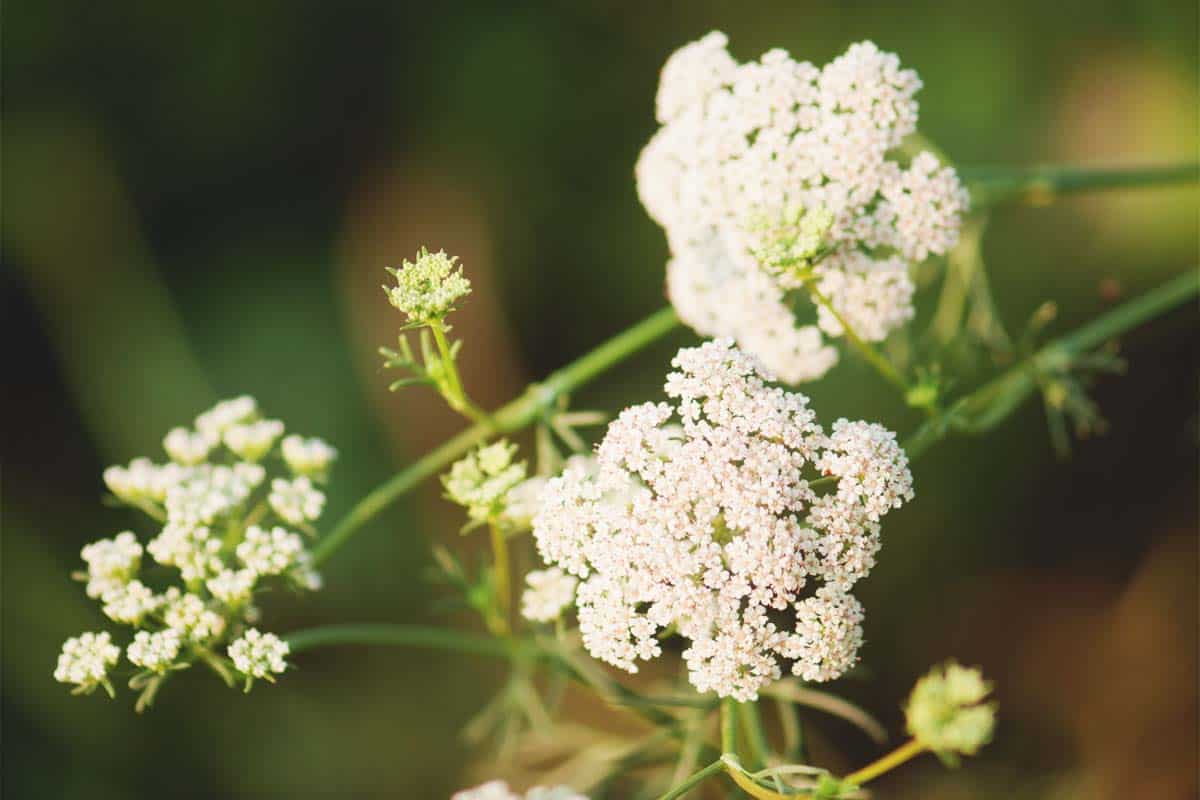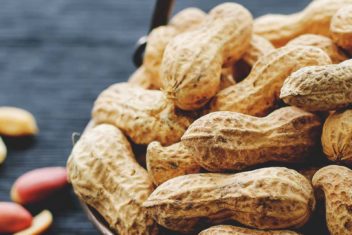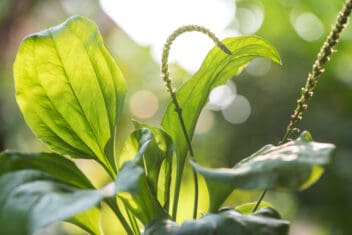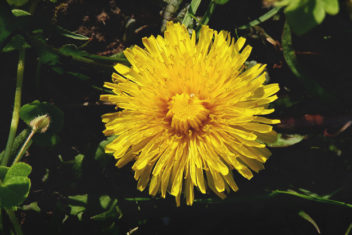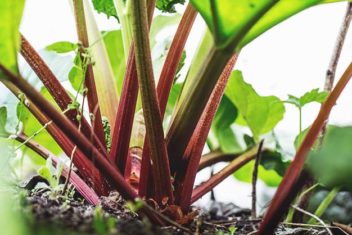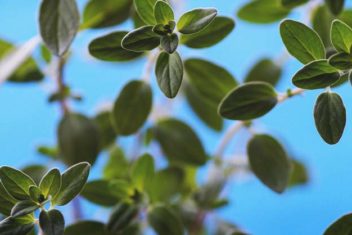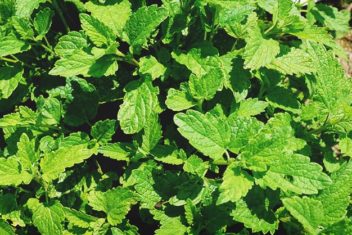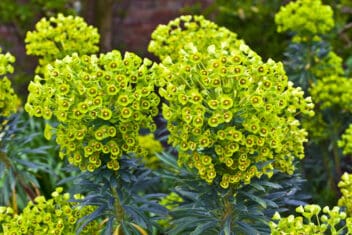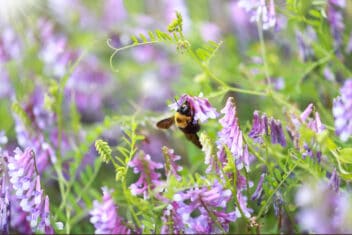Cumin is one of the most popular culinary spices in the world, but not many people in the U.S. think about growing cumin. That’s too bad – you might be surprised by how simple it is to raise this herb in your garden.
Some people shy away from growing cumin because they assume that where they live isn’t warm enough. With the right preparation, you can grow cumin nearly anywhere.
If you’re ready to give it a try, here is what you need to know about growing cumin in your garden.
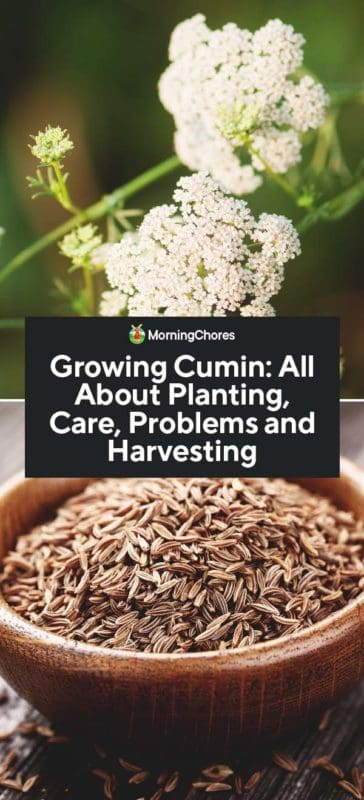
What is Cumin?
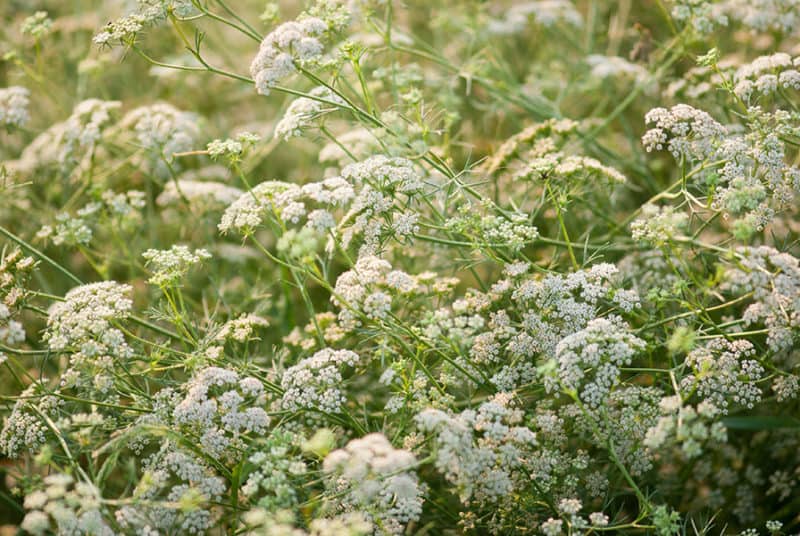
Cumin, Cuminum cyminum, is an annual plant in the same Apiaceae family as parsley. Unlike parsley, cumin is grown for its seeds, which have a warm, earthy flavor that can enhance a variety of dishes.
Cumin plants grow to 1-2 feet tall, full of pink or white flowers throughout the midsummer. Following the flowers, the seeds mature around 120 days after planting.
The plants grow in USDA Hardiness Zones 5-10. If you want a lot of seeds, plant multiple plants since each individual plant doesn’t make that many seeds.
Planting Cumin in Your Garden
Ready to get started growing cumin in your garden? Let’s take a look at what you need to know.
The Right Soil
Make sure that you are planting in well-draining, sandy, loamy soil. In general, cumin tolerates any nutrient-rich soil, and it adapts to a range of pH levels. Its ideal range is between 7.0-7.5.
Pick the Best Location
Cumin needs a spot in your garden that receives long periods of full sunlight each day. Remember that this plant loves hot weather, so it needs 6-8 hours of sunlight, at a minimum.
When to Plant Cumin in the Garden
Since Cumin originates in the warm Mediterranean region, it is NOT frost-tolerant. It needs a long growing season with plenty of warm weather to support the growth.
The best time to plant cumin in your garden is after the risk of frost is gone, based on your area’s last frost date. Cumin should be transplanted into the garden only once the temperatures are warm enough, with temperatures no lower than 60°F.
Starting Cumin from Seeds
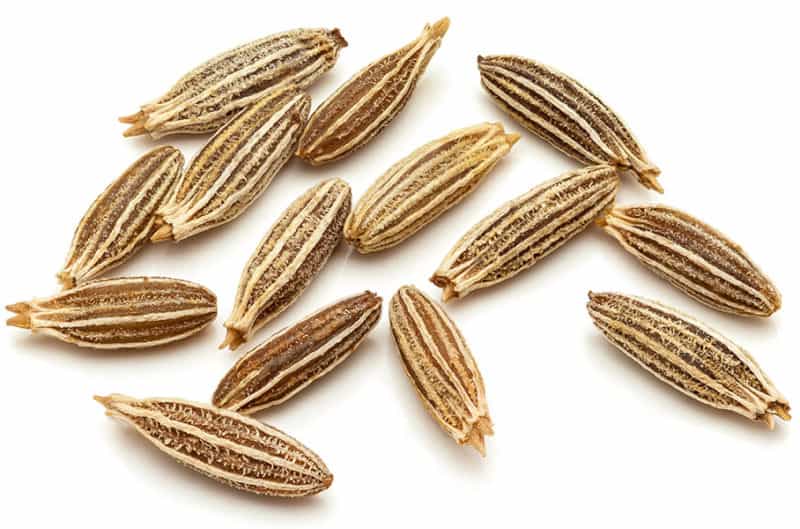
Unless you live in a warm climate without late frost, you need to start seeds indoors to be transplanted into the garden once the temperatures are warm.
Plan to start the seeds indoors 4-8 weeks before your last expected frost date. It takes about 14 days for the seeds to germinate, but you can speed up germination by soaking the seeds for 8-12 hours before sowing to increase your germination rates.
A good note to remember is that cumin doesn’t transplant well, so using biodegradable pots is a smart idea. It reduces transplant shock. You can also try soil blocks, which is a way to propagate seeds in compressed soil, eliminating the need for plastic pots.
Sow the seeds 1/4 inch deep in a basic potting mix. The soil needs to stay moist, so mist it regularly until the sprouted cumin appears.
Planting Cumin in the Garden
You’ll know that it’s time to transplant the cumin plants into the garden when the danger of frost passes and the plants are several inches tall. This usually takes place 4-8 weeks after sowing the seeds.
If you live somewhere that has at least 4 months of frost-free weather, you can sow the seeds directly outdoors. Doing so gets rid of any risk of transplant shock.
If you’re sowing seeds outside, plant the seeds 1/4 inch deep, spacing the seeds every 4-8 inches apart. Rows of cumin should be placed 18 inches apart.
Another option is to so the cumin seeds in clumps, not rows, which allows these plants to support each other as they grow.
It’s important to keep the soil moist until the seeds germinate, which usually takes 1-2 weeks.
Caring for Cumin in Your Garden
Once planted, the good news is that cumin doesn’t require much maintenance. It’s not a picky or finicky plant.
How Much to Water Cumin
Cumin is drought tolerant, but it benefits from additional watering. Watering is especially important during dry, hot periods of weather. You should water thoroughly before the soil in your garden dries out completely.
It’s just as vital that you don’t overwater cumin, which can lead to root rot. Don’t drench your plants. In areas with long periods of dry heat, regular misting is the best way to keep your plants moist without damaging them.
Mulch Around Your Plants
Cumin is an herb that benefits from mulching. You can use grass clippings, straw, or shredded leaves. All help to regulate soil moisture and stop your plants from becoming waterlogged or dried out.
Best Companion Plants for Cumin
If you want to increase your harvest and deter pests, trying growing cumin near a few of these companion plants:
- Cucumbers
- Potatoes
- Cabbages
- Beets
Common Pests and Diseases for Cumin Plants
Not only does cumin taste great in dishes, but it also attracts beneficial insects to your garden. Ladybugs, lacewings, and predatory wasps all flock to the fragrant cumin flowers, eating the caterpillars and other insects that might bother your garden.
However, it’s susceptible to some pests and fungal diseases. Let’s take a look at a few that might bother your plant.
Aphids
Aphids are little pests that attach to the foliage on plants, sucking the sap out of the leaves. They typically cause the most damage to younger plants and seedlings by causing stunted growth, yellowing foliage, and curling leaves.
To get rid of aphids, you can try a blast of water from your hose. Only do this on warm, sunny days. For serious cases, you might need to try an insecticidal soap. Typically, mixing a small amount of dish soap with water works perfectly!
Powdery Mildew
One of the most common fungal infections is powdery mildew, which looks like a white, powdery film on the foliage of plants. This fungus can stop seed formation or cause the seeds to be small and discolored.
If you notice powdery mildew on your plants, it’s best to remove and dispose of the affected leaves as soon as you can to stop the fungus from spreading.
As for possible treatments for powdery mildew, you can try applying neem oil, which helps stop the fungus from spreading. Another option is to use a homemade spray created with baking soda, oil, and soap.
Alternaria Blight
This is a fungus that appears when the temperatures become warm and humidity increases in the area during the flowering stages of the plant. Alternaria blight stops the seeds from fully maturing, so they shrivel up and blow away.
One way to prevent this fungus is by weeding regularly among your plants to improve air circulation. Also, using drip irrigation helps to stop water from landing on the leaves and also helps stops you from overwatering the plants.
Fusarium Wilt
Fusarium wilt is a fungal disease the causes the wilting and discoloration of the foliage on your plants. This fungus lives in both seeds and soil, making it quite easy to spread. It spreads through the soil, water, and wind.
Make sure that you harvest the seeds off of the plant quickly. Doing so helps reduce the risk of spreading and contracting the infection.
Harvesting Cumin Seeds
It takes around 120 days after planting (not when you start the seeds indoors) to reach a harvest of cumin seeds. However, it can vary from 100-150 days depending on your weather conditions.

You need to closely watch your cumin plants as they’re growing. It can be easy to miss the harvesting window, which will cause the seeds to dry out and blow off of the plant. You should also know that all of your cumin plants won’t ripen at the same time, and you will be harvesting a bit every day for a few days.
You’ll know it’s time to harvest your cumin seeds when the seed clusters start to brown and dry out.
Harvesting is extremely easy! All you need to do is cut the stems and put the seed clusters in paper bags with the stems sticking out of the bag. Tie the bag shut and hang it from the stems, letting the seeds dry out. They’ll release from the pods as they dry out.
If they don’t fall out of the pods, try smacking the bag against a hard surface or rubbing the seeds between your fingers.
Storing Cumin Seeds
Once harvested, you’ll want to store your cumin seeds properly to ensure they stay good for as long as possible.
It’s best to store the seeds in a cool, dark, and dry place. You can try using a tightly lidded mason jar in the back of a cupboard away from heat. When properly stored, the seeds stay good for two years.
You can use ground seeds in cooking or use them for growing new cumin plants next year.
